Top speed 112 km/h Length 5.11 m Unit cost 575–575 USD (1926) First flight 1926 | Wingspan 7.62 m Cruise speed 90 km/h | |
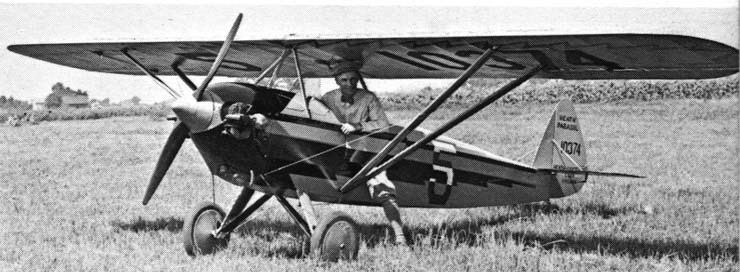 | ||
Heath parasol open cockpit flying
The Heath Parasol is an American single-seat, open-cockpit, parasol winged, homebuilt monoplane.
Contents
- Heath parasol open cockpit flying
- Heath parasol antique airplane aircraft
- Design and development
- Variants
- Survivors
- Specifications Super Parasol
- References
Heath parasol antique airplane aircraft
Design and development

During the late 1920s and early 1930s it was the only airplane that could be constructed at home from a factory-built kit and be licensed by the FAA. The Heath was extremely popular, being economical to build and operate, and easy to fly.

Modern Mechanix magazine published plans and subsequently, Heath sold nearly 1,000 kits on an installment basis. Fewer than 50 were factory built, but several hundred were completed and flown by homebuilders during the depression. Heath is remembered today for having helped pioneer the homebuilt aircraft industry and for having introduced the kit concept of packaging the materials needed to build an aircraft.
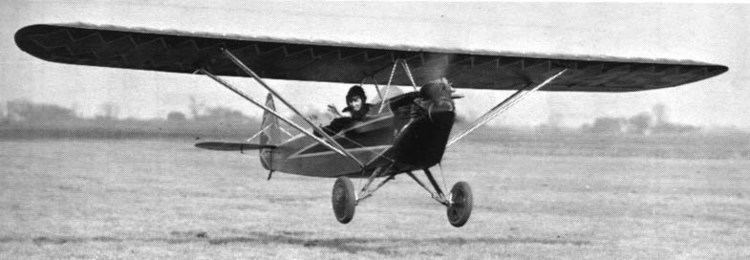
The fuselage is built of welded steel tube and is fabric covered. The wings consist of two solid spruce spars, built up wooden ribs, compression struts and internal bracing. The Parasol's empennage is built of wood, the tailplane being externally braced. Two five gallon fuel tanks are installed at the root end of each wing, the fuel being gravity fed. The only tools necessary to assemble one of the Parasol kits were a pair of small pliers, screwdriver, hacksaw (with plenty of blades), hammer, small hand drill, chisel, center punch, file and drill.
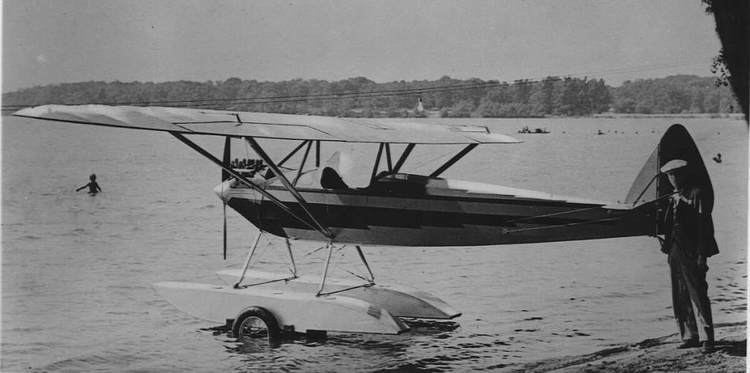
A variety of powerplants could be fitted, including the factory-supplied converted Henderson Motorcycle engine (viz. 25 hp (19 kW) Heath-Henderson B-4). Building a Heath Parasol requires basic woodworking skills and tools. Builders also need to fabricate some metal fittings to attach the wooden parts together. Some welding is required. The plans for the Parasol were also originally published in the "Flying and Glider" Manual.
Production of an early version was undertaken as early as 1931, in Australia, by the Adcock-Heath Company.
Variants
Survivors
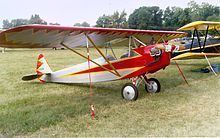
Specifications (Super Parasol)
Data from
General characteristics
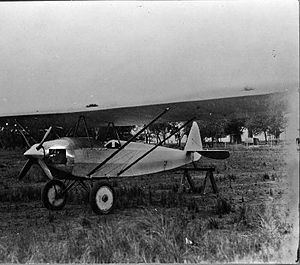
Performance


